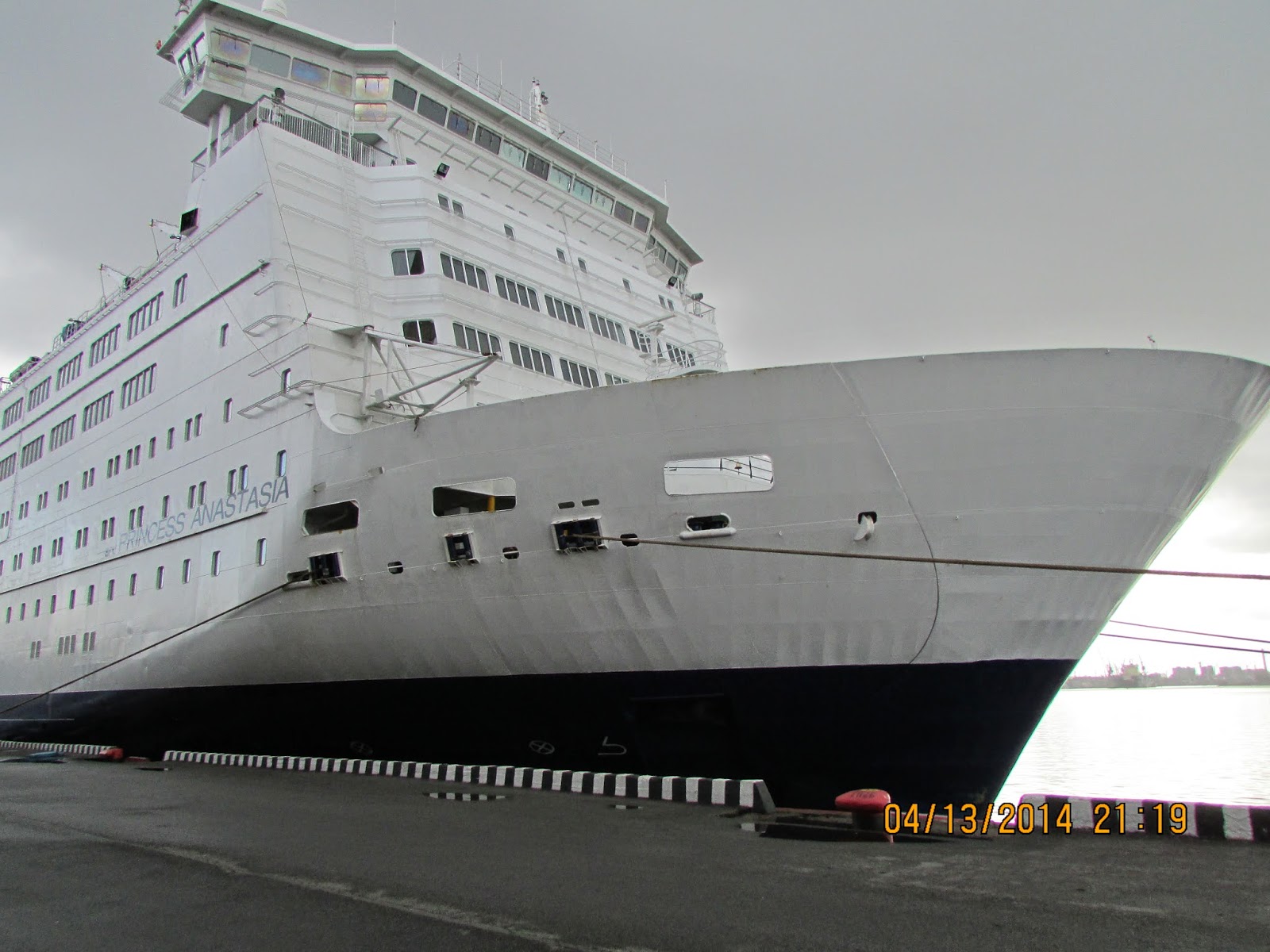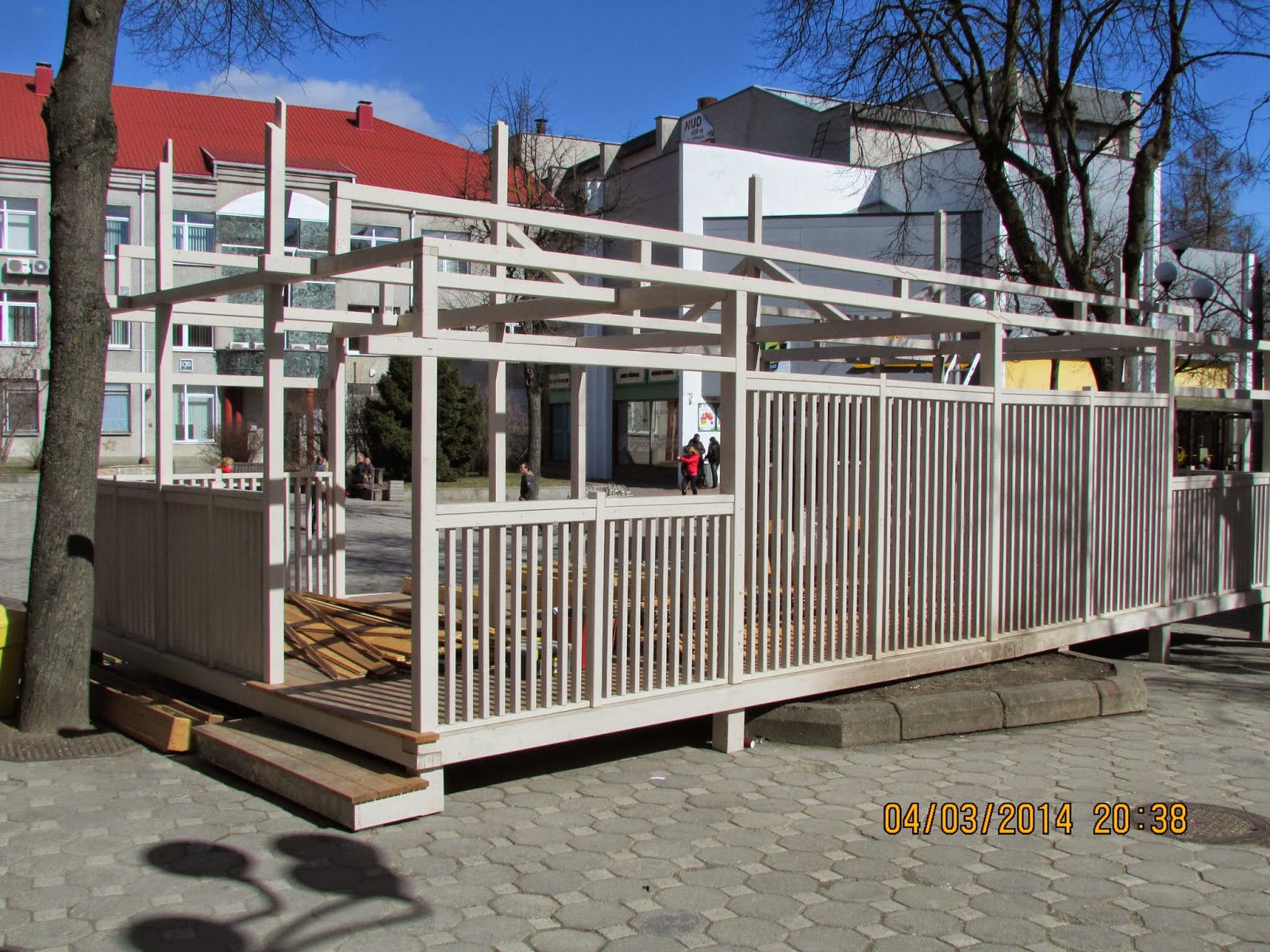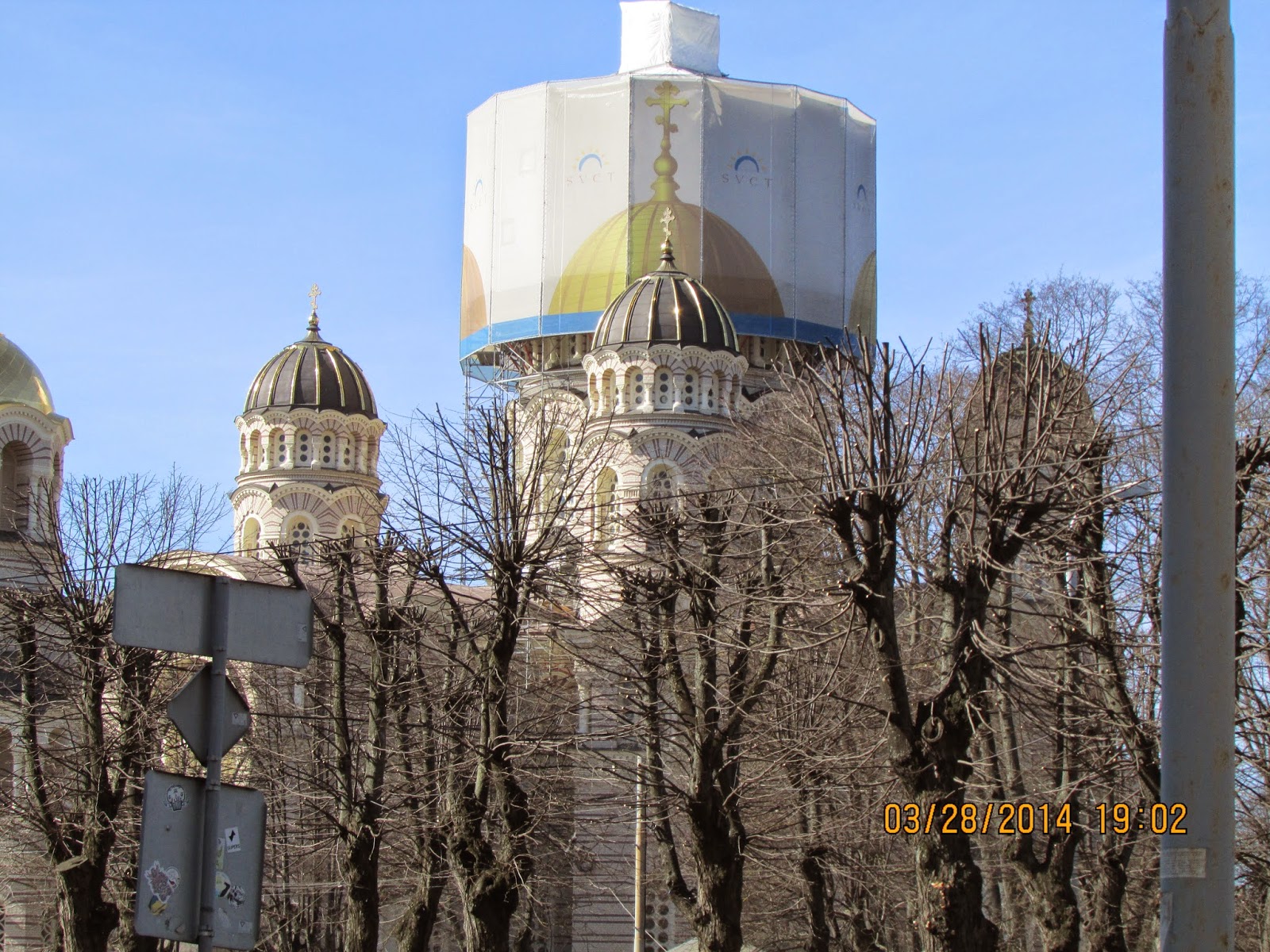For some time I have complained about the bane of Anglophilia
in the American professoriate, a malady to which I have for no good reason considered
myself constitutionally immune. I have in particular decried
the left-wing version of the condition, which typically manifests
itself in veneration of those quintessential British institutions: the House of Commons, the National Health
Service, and the British Broadcasting Corporation. Why, liberal academics want to know, can’t we
have American versions of these institutions?
Why do we have to import all the good stuff, such as parliamentary
majorities, affordable health care, and Downton Abbey?
Teaching here in Lithuania and reflecting on my experience
as a Fulbrighter in Finland back in 2006 have, however, impressed upon me the centrality
of the British experience to American studies.
Gradually, I am coming to the conclusion that if we are truly to
understand the American experience, we must all be Anglophiles, at least a
little bit.
When I have taught foreign students about the United
States Congress, I like to use Woodrow Wilson’s classic, Congressional Government.
But that celebrated book may be best understood as a response to Walter
Bagehot’s The English Constitution. When I describe Congress as a “broken
branch,” to use the Mann and Ornstein shorthand, I feel I must introduce
students to Edmund Burke. Never heard of him, they say. When I talk about the civil service, I like to invoke Whitehall and Lord Salisbury. Never heard of
him either, they say. I tell students it’s important that when John Marshall was named Chief Justice of the United
States Supreme Court—he already was serving as Secretary of State—he embarked
upon a careful reading of Sir William Blackstone’s Commentaries on the Laws of England; that was pretty much the sum
total of his legal education.
You don’t have to count the first folios at the
Folger Shakespeare Library (see photo above) in Washington, D.C., to understand
that we Americans think of the Bard of Avon as part of our own cultural heritage. Here in Lithuania, as in Finland, there is no
deep knowledge of British history because Great Britain is more or less
irrelevant to the local experience; why should they know who Lord Salisbury was? They
do not look to Britain to establish context the way we do; nor do Lithuanians regard
their own institutions as being in any way derived from those of the United
Kingdom. While my Lithuanian students might recognize Shakespeare as one of the towering figures of the early modern period, I
get the distinct impression that they have not read Hamlet, or Macbeth, or Julius Caesar, as I was required to do
in high school (not that I appreciated it at the time). Recently, one of my Lithuanian colleagues asked me about the origin of the expression "all's well that ends well." It's the title of a Shakespeare comedy, I explained. Oh.
I honestly don’t know where Lithuanians look
when they wish to trace the origins and development of their own institutions,
which are in any case European, Great Britain being, historically as well as
literally, an outlier from the continent. I think some Lithuanians look back as far as the Middle
Ages, when the Grand Duchy of Lithuania was a force to be reckoned with,
stretching as it did from the Baltic to the Ottoman Empire on the shores of the
Black Sea. Others seem to think of their
national destiny as related to that of Poland, and that would make sense given
the important place of the Church of Rome in both cultures, though it isn’t
clear with respect to the act of wagging which has been the dog and which the
tail. As this part of the Baltic world
was once home to East Prussia, it would be surprising if there were not some
Lithuanians who considered their country to be seriously indebted to Germany. Surely there is something owed to the French
and to Tsarist Russia, as well; in 1814, when Napoleon vacated his apartment in
Vilnius, Tsar Alexander moved in. Again,
while I have not sensed any widespread nostalgia for the Soviets, surely we would
expect some of that as well. Finally,
there is the Jewish and Zionist cultural heritage of Lithuania—historically,
second to none in importance, though now almost entirely and tragically absent.
The point is, it’s hard to know exactly how to
contextualize the Lithuanian experience in terms of other nations and cultures. Lithuania is simply less indebted to any one of
its neighbors than the United States is to Great Britain. It may be true that pluralism in America
requires that we acknowledge the contributions of France, Spain, maybe the
Dutch, black Africa, and the indigenous peoples to our cultural stew, yet it’s
also the case that politically we are essentially, as Louis Hartz liked to say, a cultural
fragment of English (or Scottish, if you’re keen on Adam Smith and David Hume) liberalism. There is, in short, a case to be made for
American Anglophilia, and maybe we need to care, after all, whether the Scottish
referendum on political independence passes next week, whether a rapidly aging
demographic will lead to NHS bankruptcy, and whether Anna and Mr. Bates will
ever recover the domestic bliss that they briefly enjoyed in Series Three. Stay tuned.







































